7 things to know about Cuyahoga River dredging & disposal
/On Tuesday March 1, the US Army Corps of Engineers Buffalo District is hosting a public hearing at St. Ignatius High School's Breen Center for the Performing Arts from 5:30-9 p.m. This hearing is designed to give individuals the opportunity to comment for the official record on proposed placement of sediment dredged from the Cuyahoga River into Lake Erie.
Our interest in this emotional and contentious discussion boils down to this: have years of concerted efforts to improve the health of the watershed feeding the Cuyahoga River finally conquered the dark industrial history of this historic waterway? The myriad issues behind disposal of river sediment can be complex and to some, baffling. To others, it's a very simple matter: don't place anything in the lake. With that in mind, we thought we'd provide a few details on this dredging topic.
1) Why do we have to dredge in the first place? The Cuyahoga River watershed drains 812 square miles and if nature was allowed to take course, this conduit for raw materials would quickly silt up. The Lake Carriers Association says every foot in lost draft means a freighter heads upriver with 3,000 tons less cargo on-board. Over the course of a year that deficit translates into 16 million tons of lost opportunity cargo, resulting in higher costs for the carrier and industry.
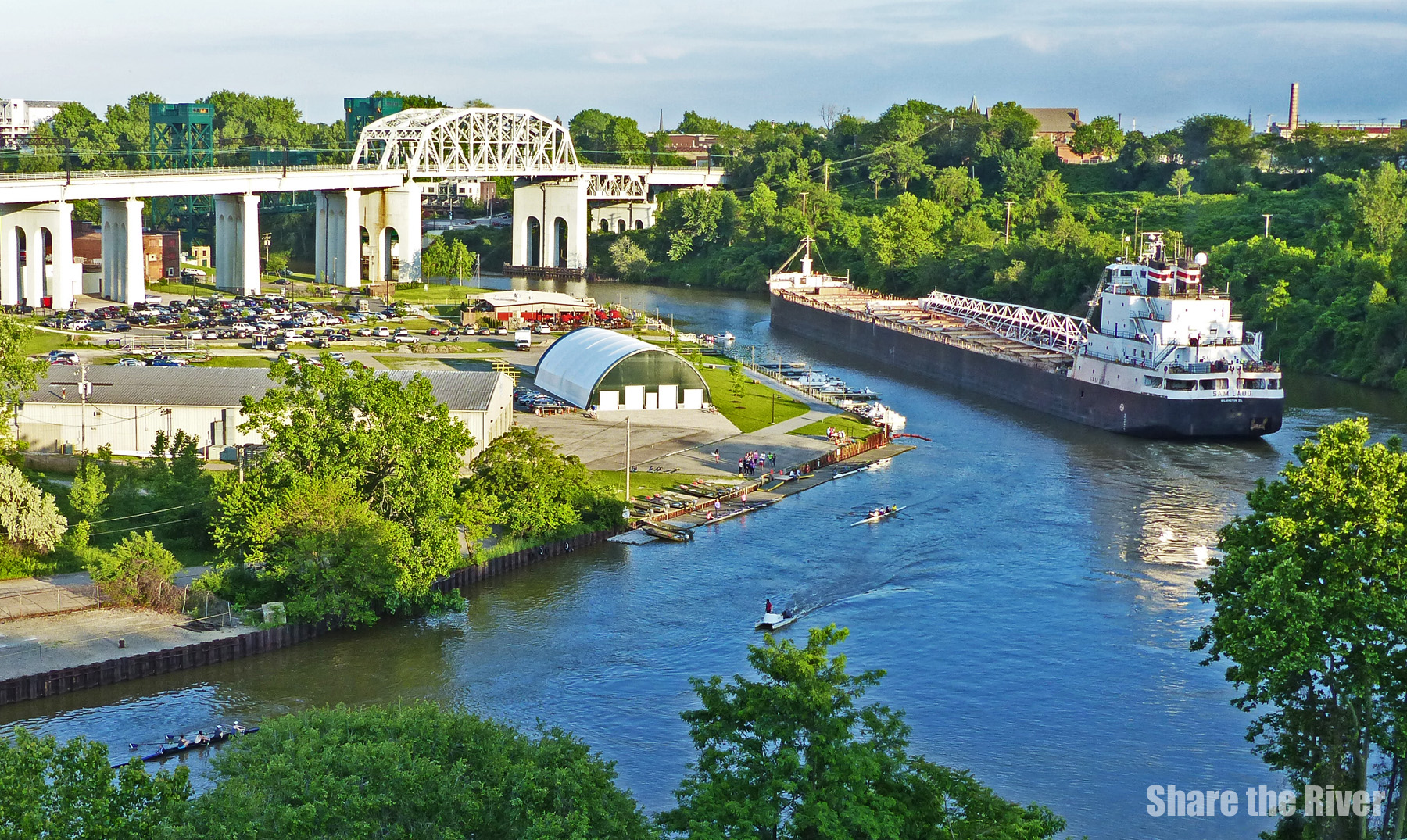
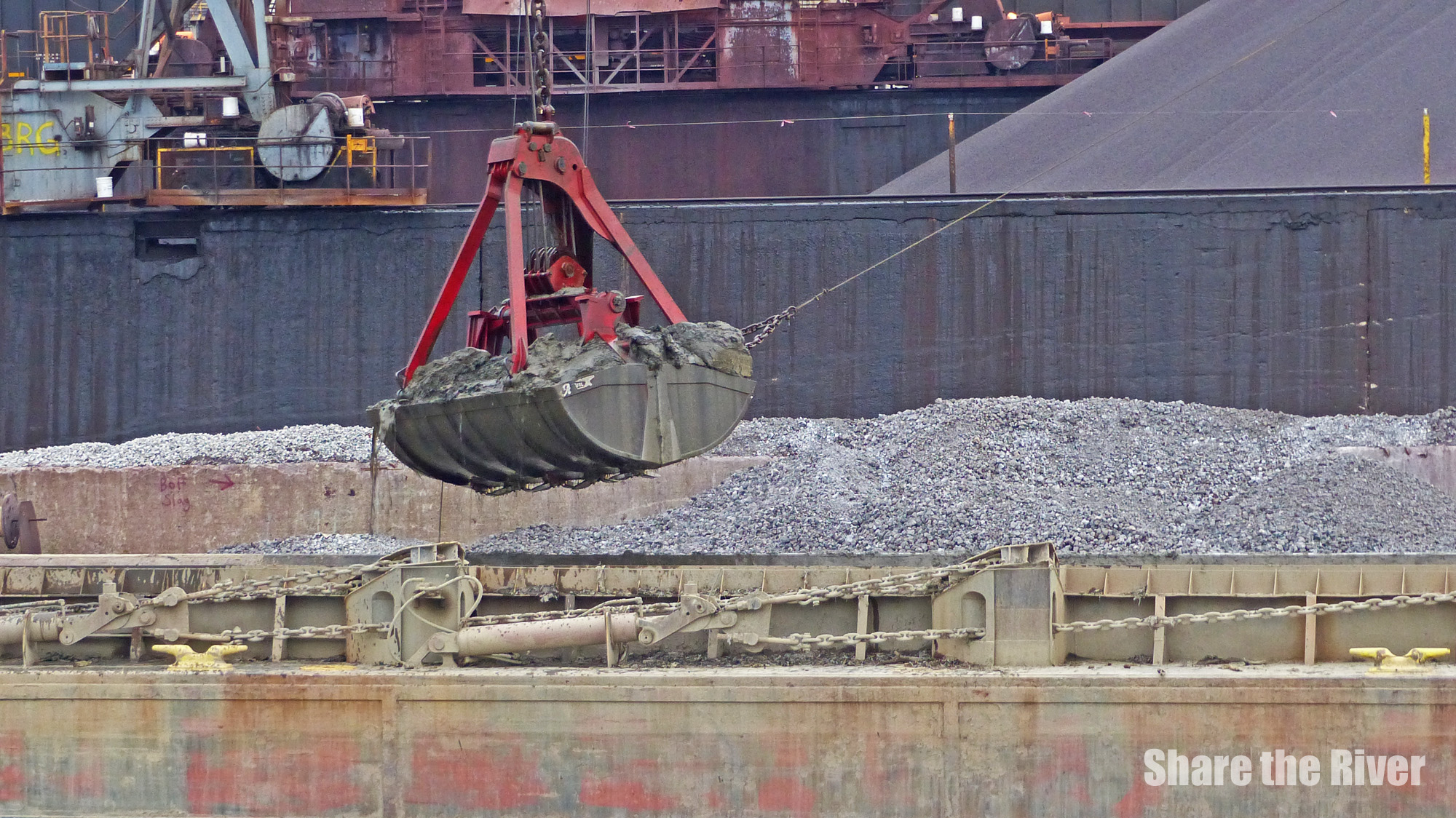
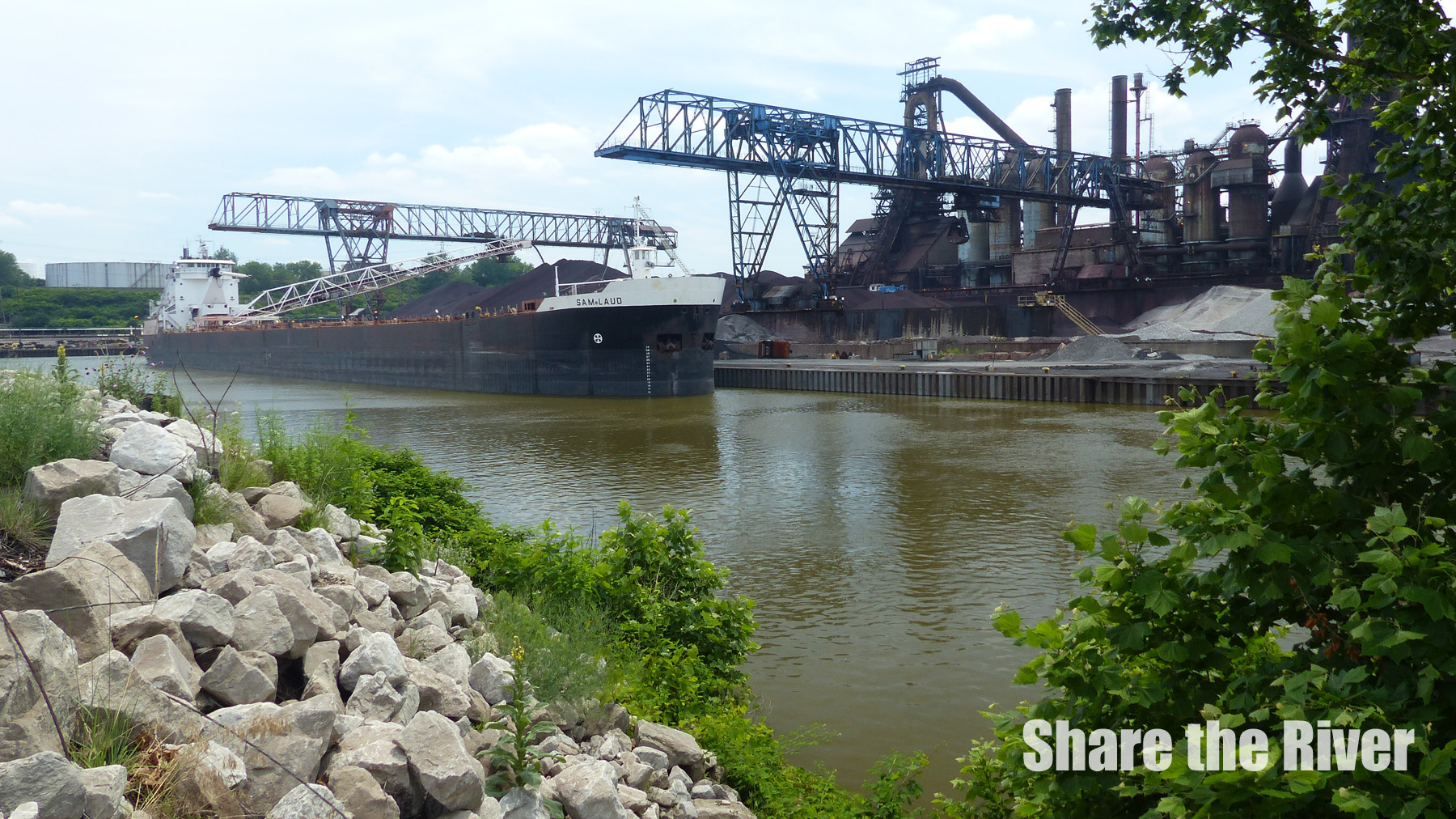
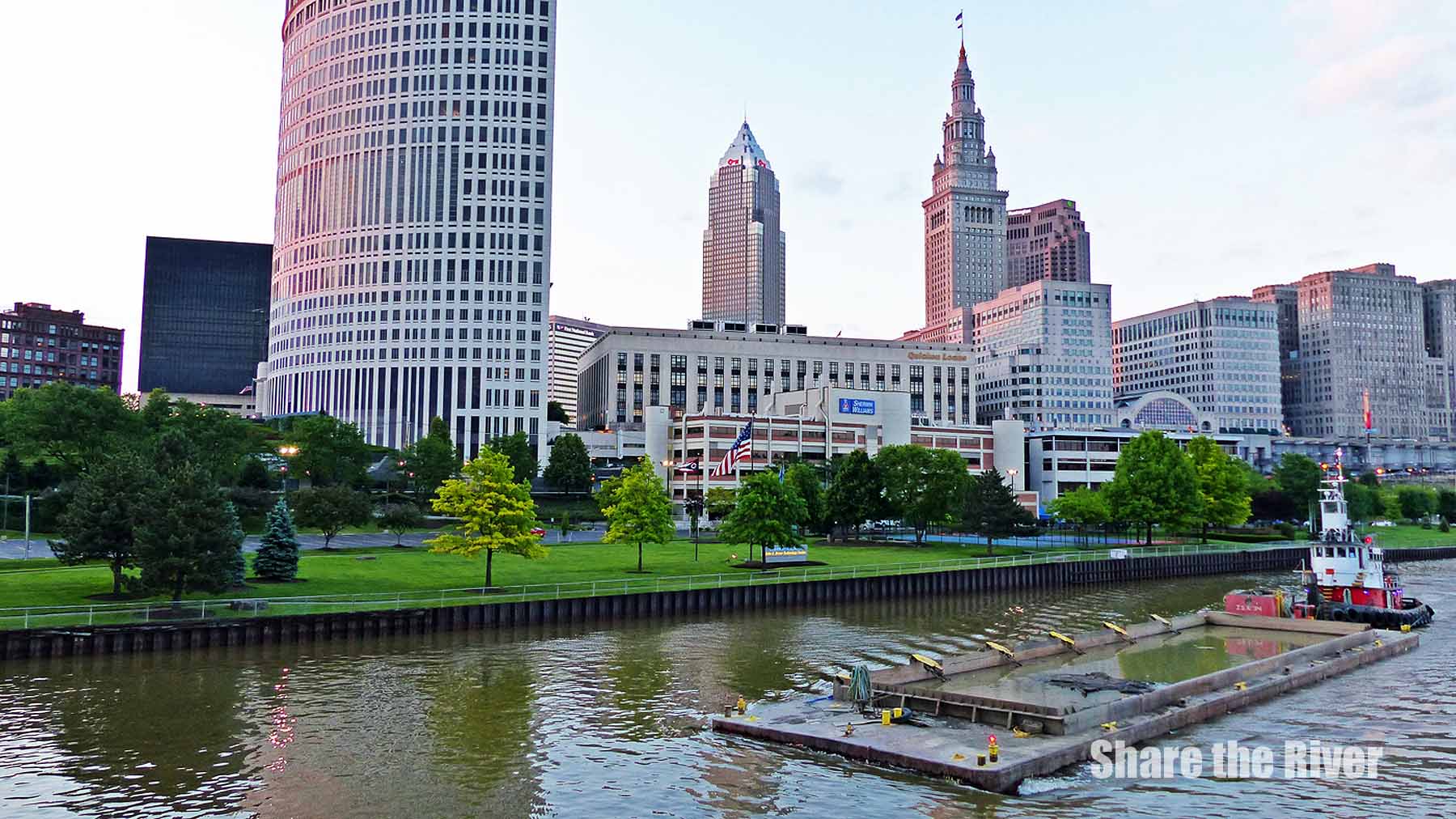
2) It's time to stop calling the sediment that's now in the upper mile of the Cuyahoga River's Federal Navigation Channel sludge, gunk, gook or other muckraking names. This is not your grandfather's legacy sediment from the bad old days of the industrial heyday of the Cuyahoga River. The material that's moved into the upper mile since dredging operations concluded last fall is composed of sand, clay & gravel that for the most part, came from the Cuyahoga Valley National Park upstream. The significant question is how much this material has been contaminated by municipal & industrial discharges, urban stormwater runoff, and combined sewer overflows - Ohio EPA and US Army Corps of Engineers scientists have divergent opinions.
3) Two words are the denominator that define the U.S. Army Corp of Engineer's position on how sediment dredging operations should be funded: Federal Standard. Federal spending guidelines require the dredged material be disposed of in the least expensive manner possible that also meets established environmental guidelines. If a community desires disposal methods that exceed the federal standard, the Army Corps seeks to partner with a local sponsor to share added costs. And while some might think the argument is over how taxpayer funds are spent, the reality is funding for Army Corps of Engineers’ operation and maintenance activities (including dredging) is paid for via the Harbor Maintenance Trust Fund. The Harbor Maintenance Tax is a fee assessed on cargo transported between any two U.S. coastal ports – including Great Lakes ports – and cargo imported to U.S. ports from other countries. The tax is not assessed on export cargo.
4) The US Army Corps of Engineers Buffalo District serves 35 harbors, 21 of them along Lake Erie. They use open lake placement for dredged material management in every Lake Erie Harbor except for Buffalo and Cleveland. Funding for dredging projects has historically lagged needs so ports must compete for a larger slice of the funding pie. If more funds go to dredge one port, fewer funds are available to another port during that funding cycle. One wonders what a Great Lakes Navigation System sediment disposal game along the lines of Sim City would look like.
5) You're going to hear the term CDF (combined disposal facility) used a lot. Prior to 1970 all dredging material from the Cuyahoga River was deposited directly into Lake Erie. With the passage of the River & Harbor Act in 1970, 45 CDFs were constructed in the Great Lakes region to house river and harbor sediment that didn't meet clean water standards for open lake disposal. 20 of those CDFs are active now and Cleveland has two active CDFs (#10, 12). The Cleveland Lakefront Nature Preserve (a CDF formerly known as Dike 14) accepted sediment from 1979-1999 and was opened by the Port of Cleveland as a preserve in 2012. Various storage techniques and sediment repurposing programs have significantly extended the life of CDFs from their original 10 year lifespan, however 1/3 of active CDFs have less than 5 years capacity remaining. It's estimated 14.5 million cubic yards of sediment have been dredged from the Cuyahoga River.
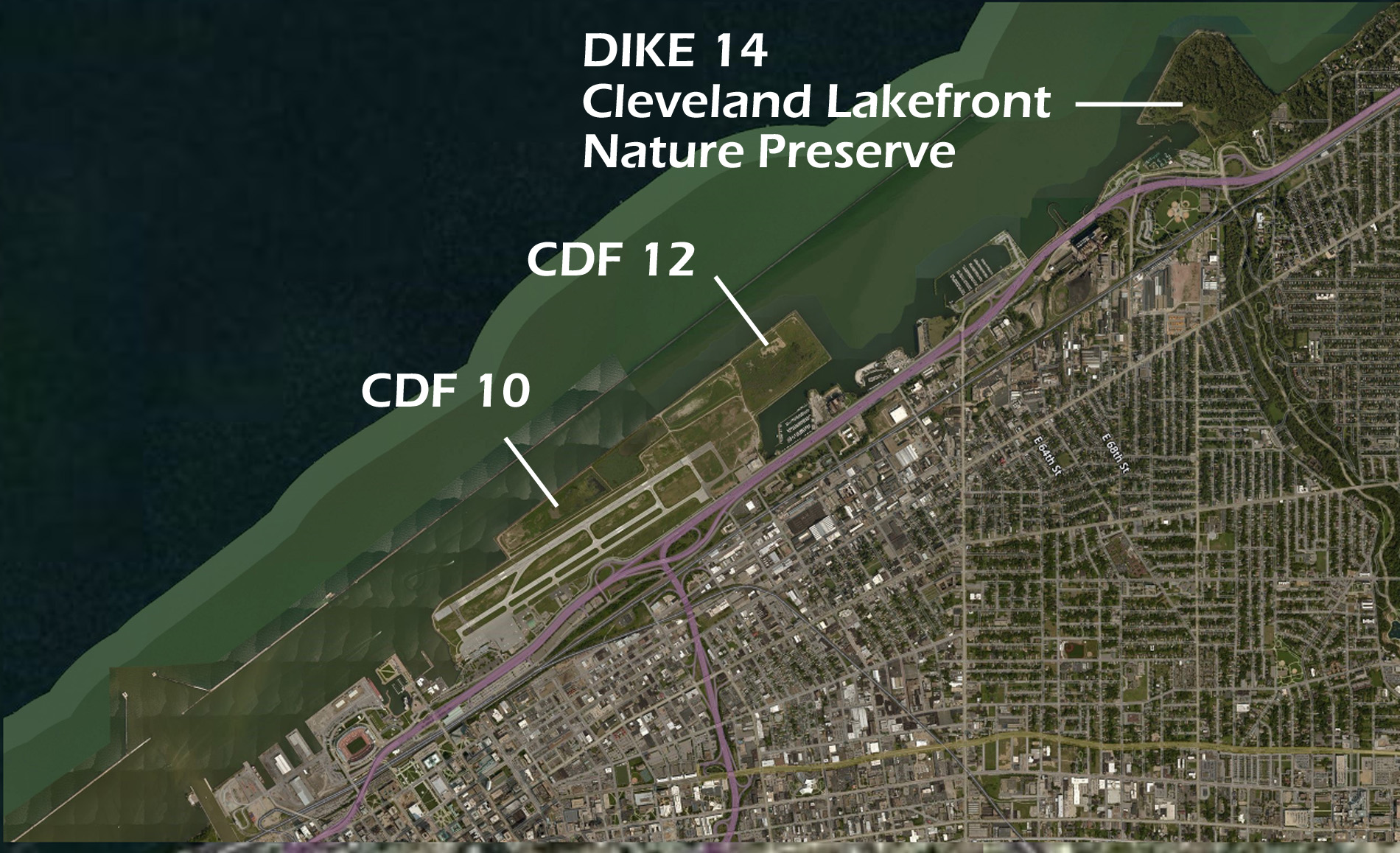
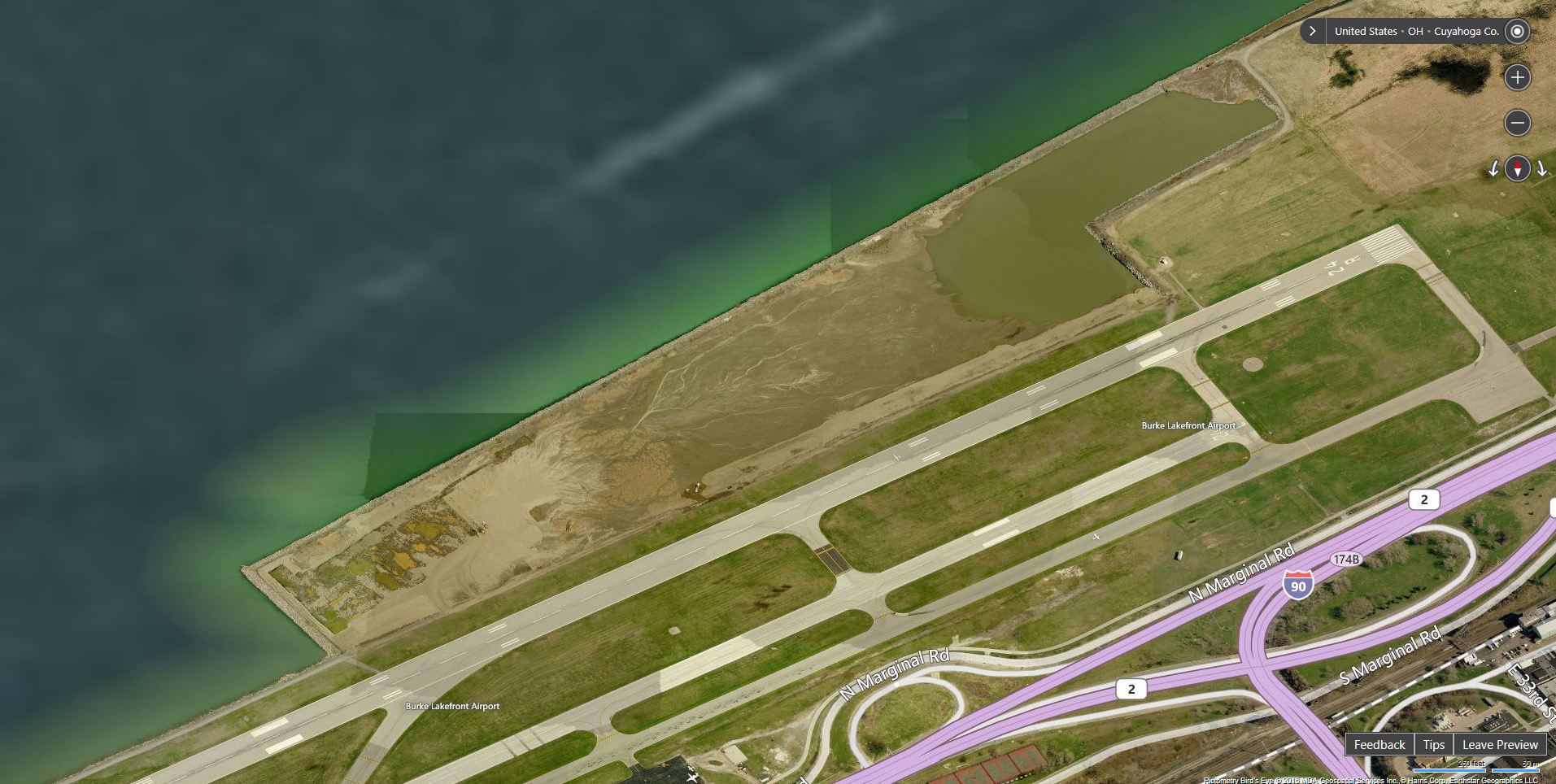
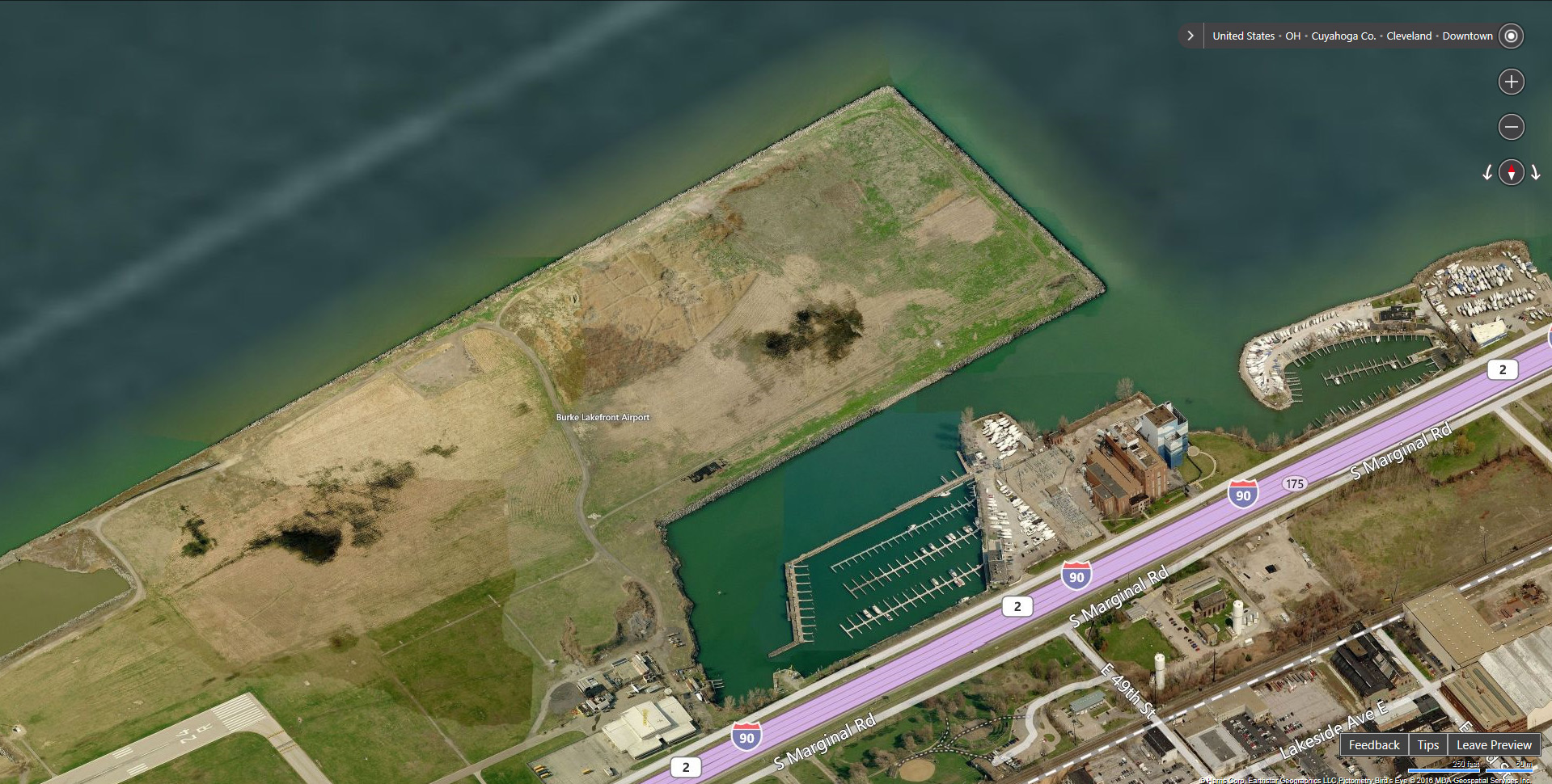
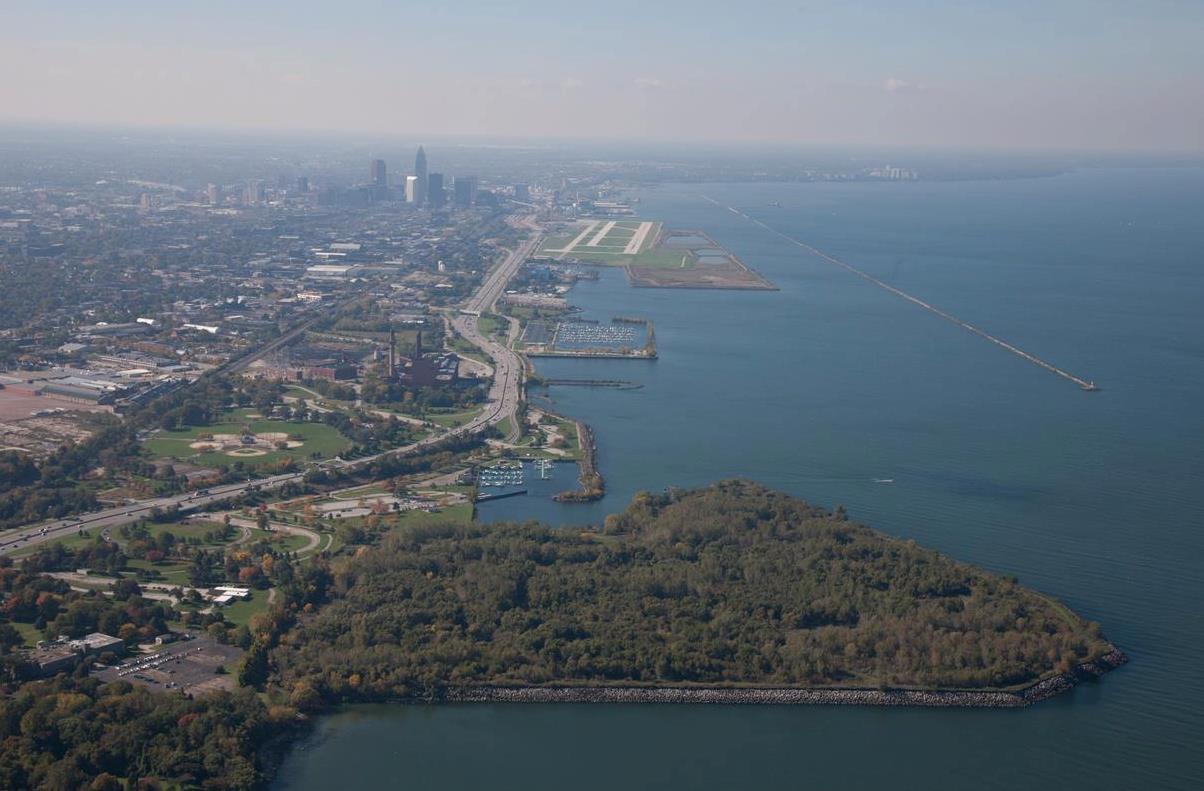
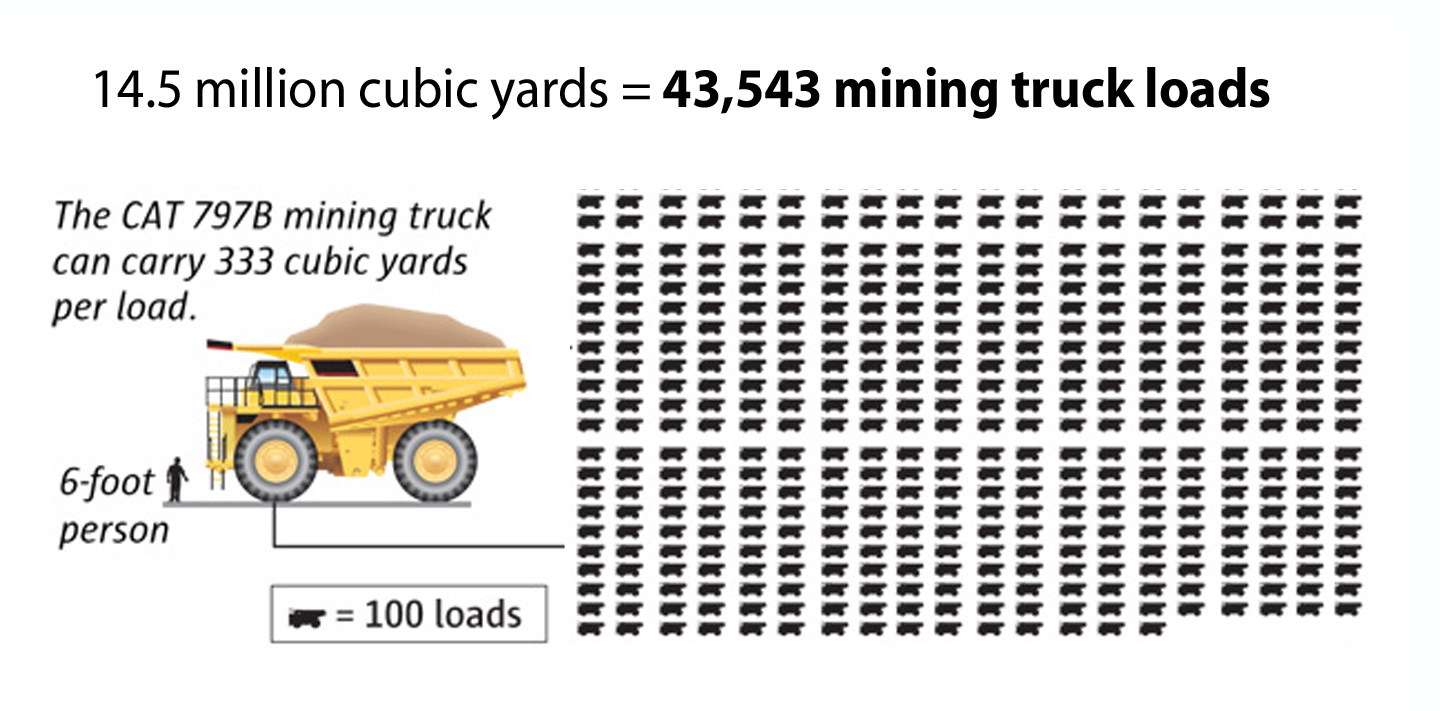
6) The Cleveland Harbor (including the Cuyahoga River) is dredged twice a year, in early spring and late fall in order to maintain a 23 foot depth for freighter passage. The Army Corps is proposing to remove 225,000 cubic yards of sediment in 2016. The upper mile of the 6 mile long Federal Navigation Channel is where the Cuyahoga River transitions from a shallow and fast moving body to a much deeper, wider, and slower moving body. This causes suspended particles to settle out from the river's flow, hence, this upper mile contains 80% of the sediment that needs to be removed (180,000 cubic yards). This is the material that the Army Corps is proposing to deposit into Lake Erie, appx. 9 miles from the mouth of the Cuyahoga River.
Sediment from the lower 5 miles of the shipping channel would be deposited in a CDF.
7) One of the bright sides of the sediment disposal conundrum are creative and evolving methods for sustainable sediment management. Repurposed sediment (sand, clay, gravel) can be used beneficially to cover landfills, restore brownfields, fill in basements of demolished homes and in variety of construction projects.
The Port of Cleveland is now intercepting some Cuyahoga River sediment before it can flow into the shipping channel. Their partnership with Kurtz Brothers is now collecting 30,000-50,000 cubic yards of sediment/year that's being sold on the commercial market.
The Port of Cleveland is also looking to convert one of their CDFs into a sediment repurposing facility. A great model is Duluth Seaway Port Authority's Erie Pier.





